Table of Contents


MS Mandarin: Mr. Jing Li and Ms. Zhou Ju
Welcome back to our Chinese class in the second semester of the New Year. In this semester’s Chinese class, middle school students will continue their topic study.
In the first semester, the 6th grade completed the study of Chinese basic knowledge. At the end of that semester we started topic study and completed our first topic study on numbers, dates and times. In the second semester, we will begin with the topic of personal information and family. In this topic, students will learn to introduce themselves and their families through listening, speaking, reading and writing.
After completing the two topics in the first semester, Grade 7 will also enter the third topic, which is mainly about people from different countries in the world and the different jobs they do. In this topic, students will first learn about the Chinese names of different countries and their languages. Students will also learn about the different jobs that people do through their families.
After studying the topic of daily life and extra-curricular activities in school, Grade 8 entered the study of describing personal hobbies. In this topic, students should learn to introduce themselves or their family members’ hobbies in Chinese, and ask others about their hobbies in Chinese. During the study, students introduce their hobbies to their classmates in Chinese, and then the teacher asks the students to repeatedly express their hobbies and others’ interests in different ways.
HS Math: Ms. Mattos, Mrs. Santiago, Dr. Santiago
Precalculus (Ms. Mattos)
In the past, students have used Indirect Measurement (Proportions) to find the height of a tree (right outside our classroom) by using its shadow. Sadly, due to Covid, we can’t work outside like we have in the past. This year, students in Algebra 2 are able to solve this exact same problem using Trigonometric Ratios and Functions. They have also learned how to use radian measure and evaluate trigonometric functions of any angle.
In the next chapter, students will be able to make the connection with how architects and engineers are able to construct and design structures by using the Law of Sines and the Law of Cosines. It is here where one can see if students are thinking about pursuing a career in the field of engineering or architecture. It is quite fascinating!
Algebra 2 (Ms. Mattos)
Students in grade 10 have just learned how to write and use models for inverse variation and joint variation. They have also learned how to graph rational functions, to multiply, divide, add, and subtract rational expressions, and to simplify complex fractions. Finally, students have also learned how to solve rational equations.
Chapter 6 introduces students to properties and characteristics of conic sections. Students start by applying the distance and midpoint formulas, then learn how to graph and write equations for parabolas, circles, ellipses, and hyperbolas. They investigate translations of conic sections and methods for classifying conic sections based on equations.
Business Mathematics (Mrs. Santiago)
Students in Business Mathematics have had a chance to use information about prices to make good buying decisions. They have had a chance to look into different scenarios whereby they could compare prices of products and decide which products are the best buy.
As part of learning the keys to financial freedom, students also discussed the pros and cons of having a credit card or charge accounts, how to avoid finance charges, and calculated the possible finance charges if a credit card bill was not paid in full. In doing so, students were taught to always be responsible when it comes to spending money that they do not have.
Lastly, we are now discussing what it would be like if loans did not exist. How loans or obtaining a loan in the future can help them achieve their long-term goals such as buying a house or paying for their education. In relation to how credit works, you pay back more than you borrow. Therefore, students are also learning how to calculate loan interests of single-payment loans, installment loans, and maturity values of loans.
Geometry (Mrs. Santiago)
In Unit 5, students continue to learn relationships within triangles. They used properties of midsegments to find lengths of segments in triangles. They then wrote a coordinate proof. Students have also explored perpendicular bisectors, angle bisectors, medians, and altitudes. They used concurrency to solve problems. In our next meetings, students will relate side lengths and angle measures of a triangle, find possible lengths for the third side of a triangle, use inequalities to make comparisons and they will also be using the Hinge Theorem and write indirect proofs.
AP Calculus AB (Dr. G)
The AP Calculus AB hit the ground running at the start of the second semester. The students are highly engaged and motivated in spite of the extended online learning setup. Their good performance last semester is indicative that they have adapted well to the online setup and all signs point to another impressive semester. Attendance in the synchronous classes continues to be good and the students are on task during the asynchronous classes.
The class has completed Units 1 to 4 and is now in the middle of learning the concepts in Unit 5 on Analytical Applications of Derivatives. The College Board will make an announcement by February about the setup of this year’s exams. The class is well on its way to completing all the required units for the AP exam and modifications in the upcoming exam will be helpful for our students. It has been a good start for the second semester. The students are looking forward to completing all the units and taking the AP exam in May.








